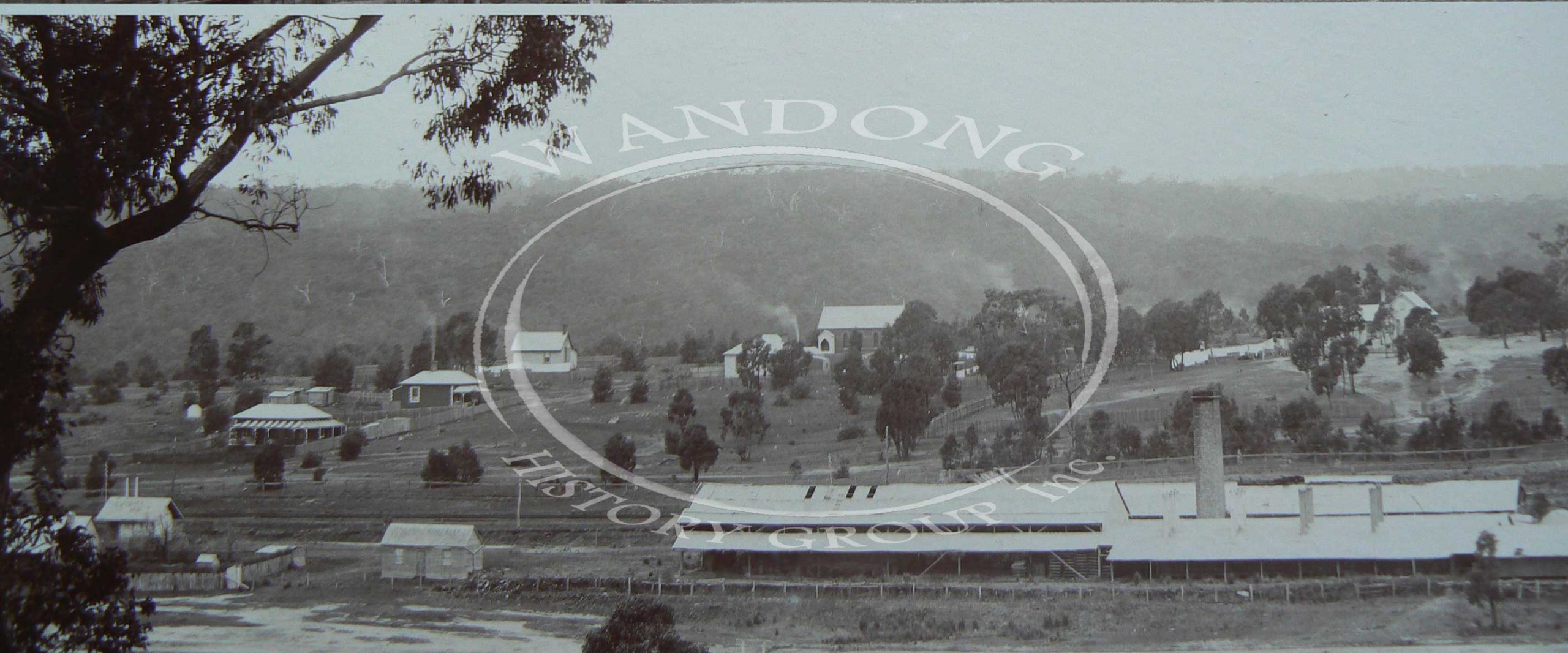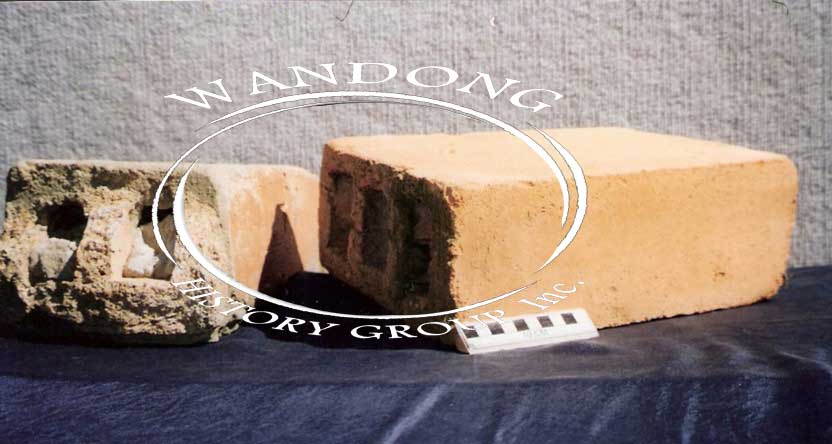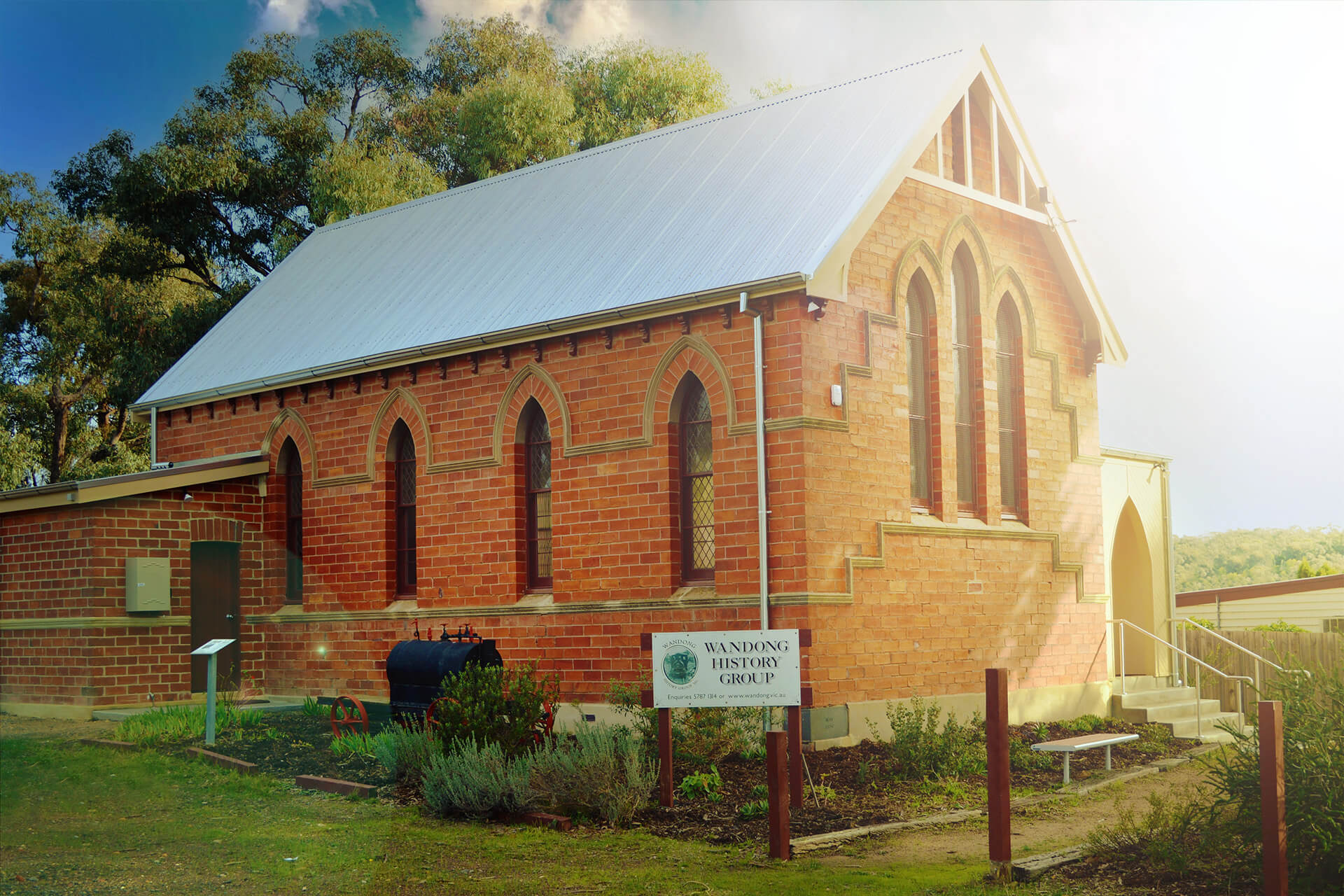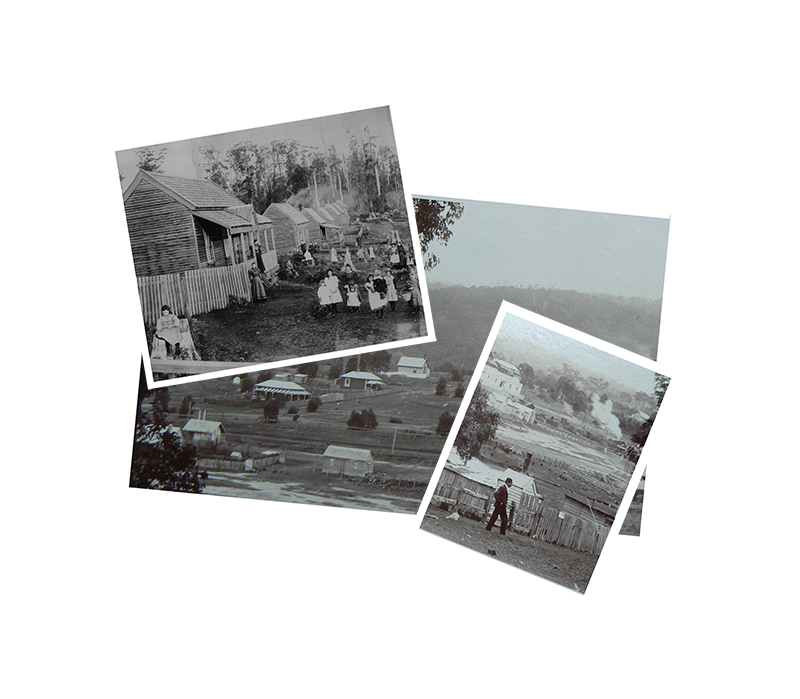WANDONG HISTORY GROUP INC.
WANDONG HISTORY GROUP INC.
Wandong, more than just a town
Wandong, more than just a town


VICTORIAN TERRA COTTA LUMBER COMPANY LTD
1889-1903
The duplication of a terra cotta lumber brick manufacturing plant at Wandong in 1888 was a masterstroke by Robert Affleck Robertson who persuaded the Brunswick parent company to erect a second plant at Wandong costing £6,000 and employing 30 men. This duplication allowed Robertson to utilise the surplus sawdust from his many mills on Mt. Disappointment with truck-loads of the material being shunted down the line to his plant.
Having purchased four acres of land on the west side of the train line, Robertson erected a factory containing drying sheds, 4 burning kilns, and installed a sixty horse power engine, a Worthington pump for the boiler along with other plant and equipment. Water for the boilers was drawn from a dry water course and a 60 foot bore was installed as an alternative supply.
Terra Cotta Lumber, an American invention was a revolutionary fireproofing product designed to prevent or retard fires, insulate from heat or reduce noise. Made of three parts sawdust and two parts clay and burnt, produced a lightweight porous block which able to be cut, sawn or nailed. The product designed as fireproofing for walls, ceilings, floors, arches and partitions in the construction of elevated buildings.
Following a successful display at the Centennial Exhibition of 1888/89, the product began to generate interest within the architectural industry with Robertson gaining orders for its use in the construction of cool storage sheds in regional Victoria. Located alongside Railway Stations, the sheds constructed of terra cotta lumber provided an ideal facility in which to store perishable goods for transport to Melbourne.
In 1891, hoping to build on his successes with the block, Robertson constructed a number of houses around Wandong for his works Manager and Secretary (Wandong Avenue) as well as constructing St. Michael’s Catholic Church in Dry Creek Crescent. His houses and church remain standing today and are a testament to the construction practices of the day. Robertson’s factory also produced the bricks and fireproofing material for the construction of the Clonbinane Homestead in 1891 however the beautiful Italianate house was destroyed in the Black Saturday Fires of 2009. Despite the building being destroyed, the fireproofing walls remained standing until 2021 when the building was demolished due to its unsafe condition.
Although the product was used in many of Melbourne’s high rise buildings, the 1890s depression combined with a rationalisation of the brick industry meant the factory struggled to retain its market appeal and was liquidated in 1903.
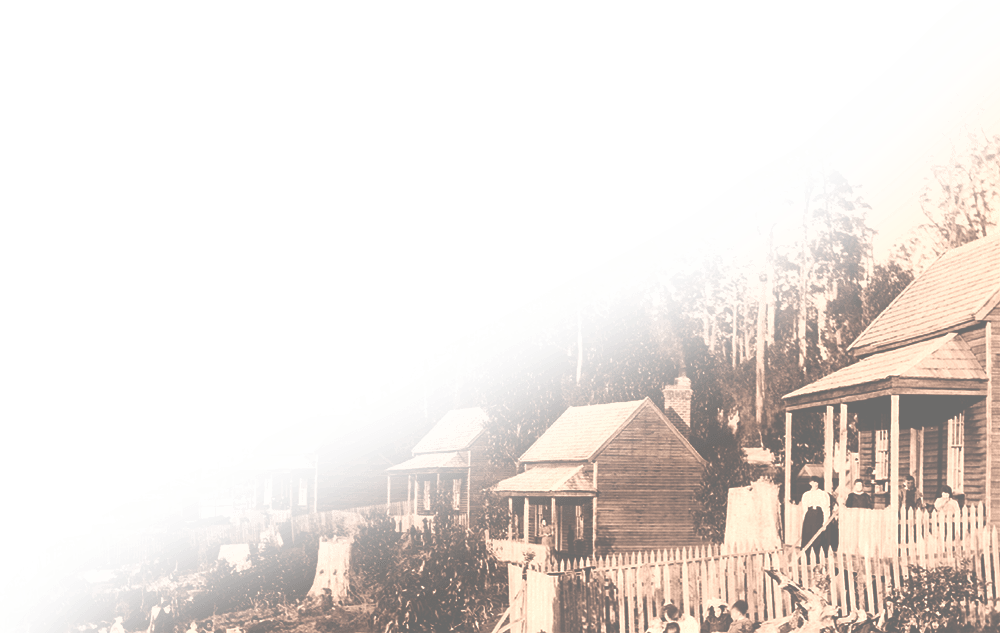
Recording and Preserving Our Past


